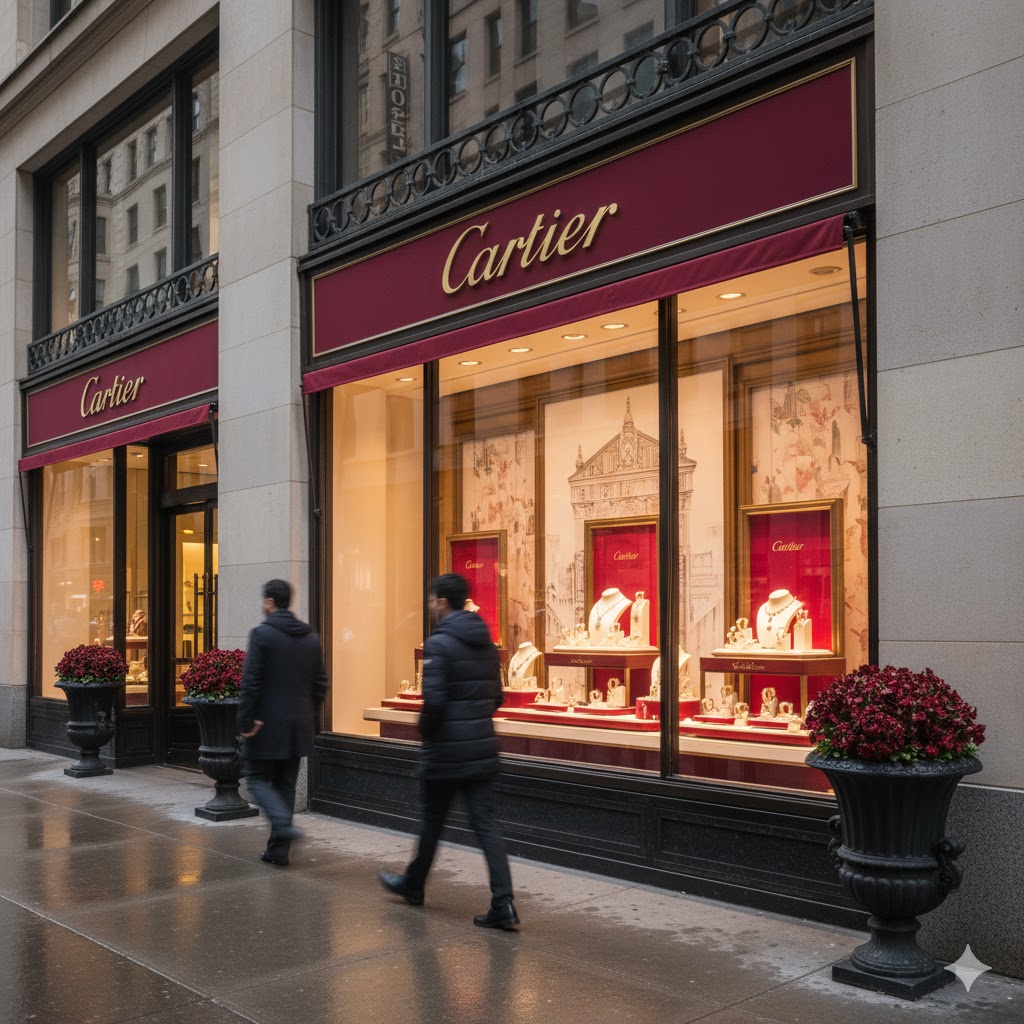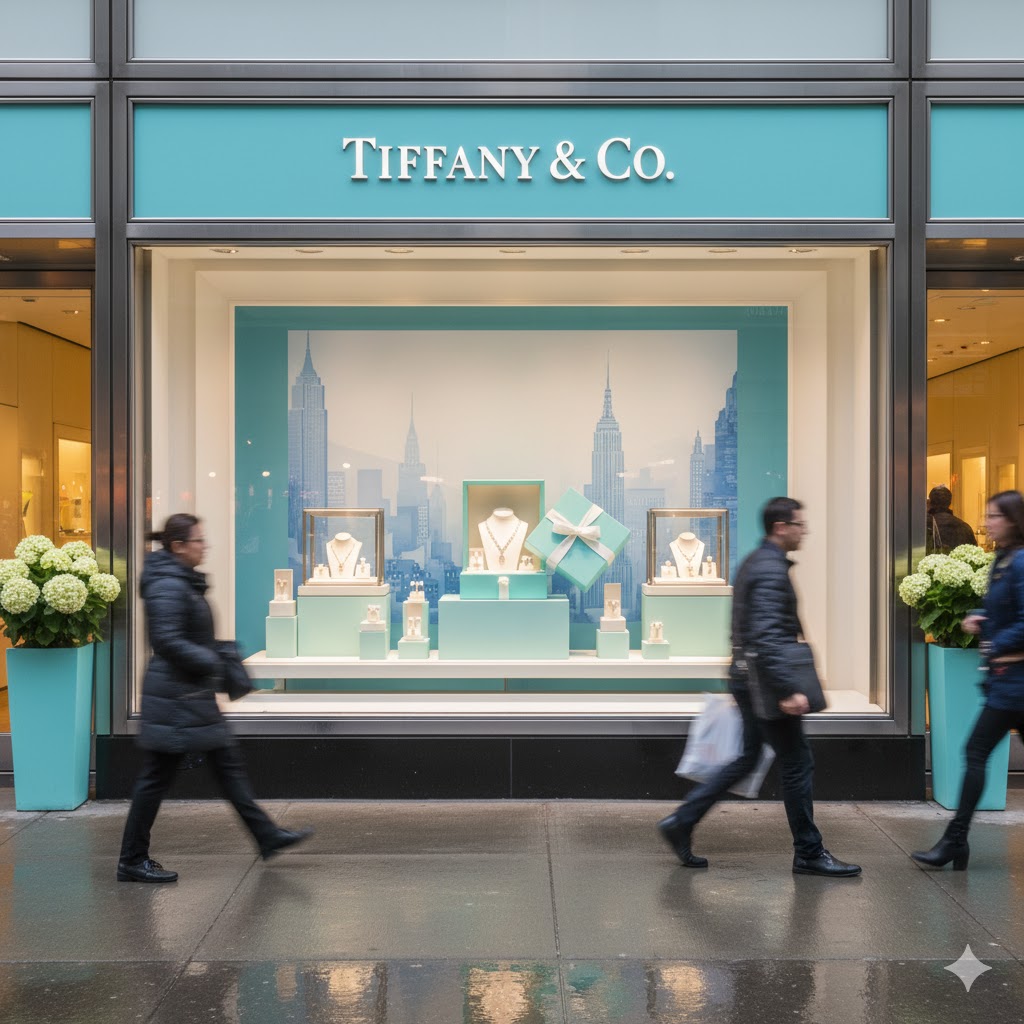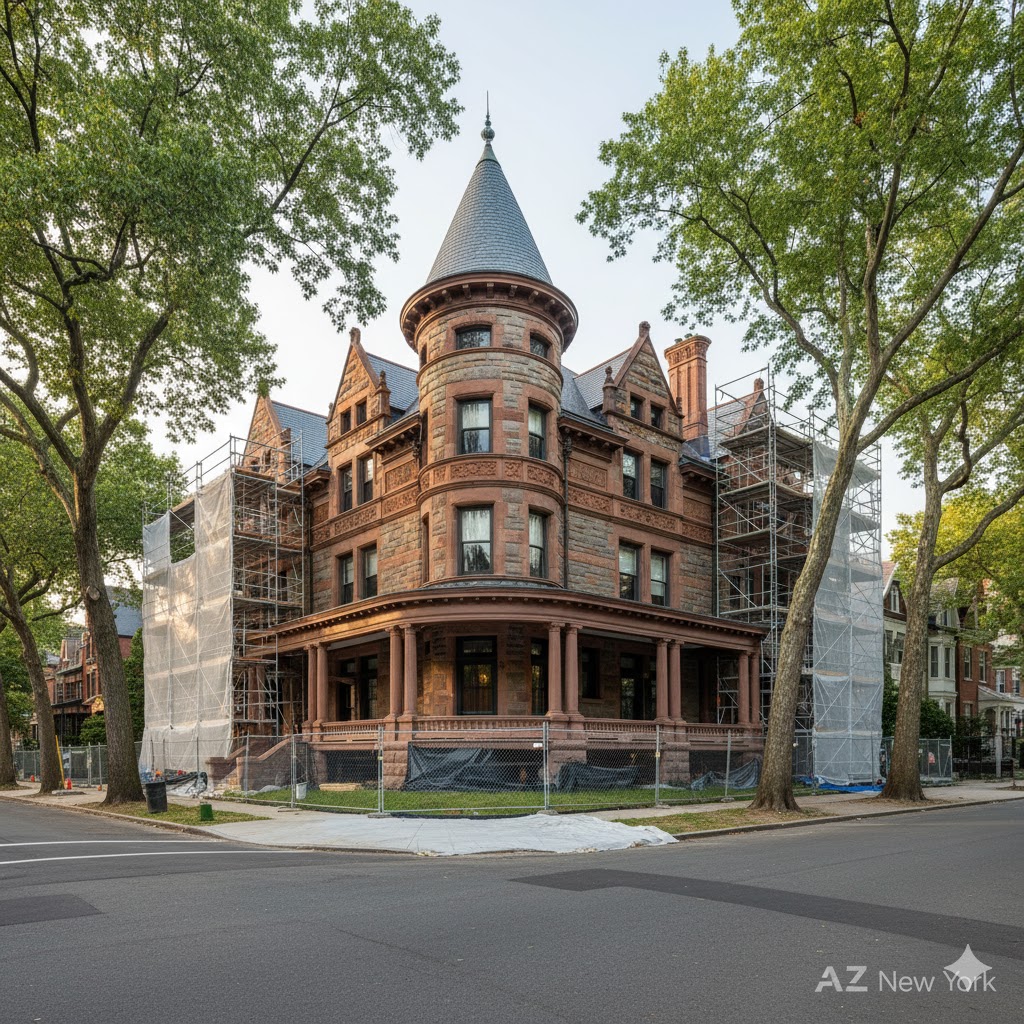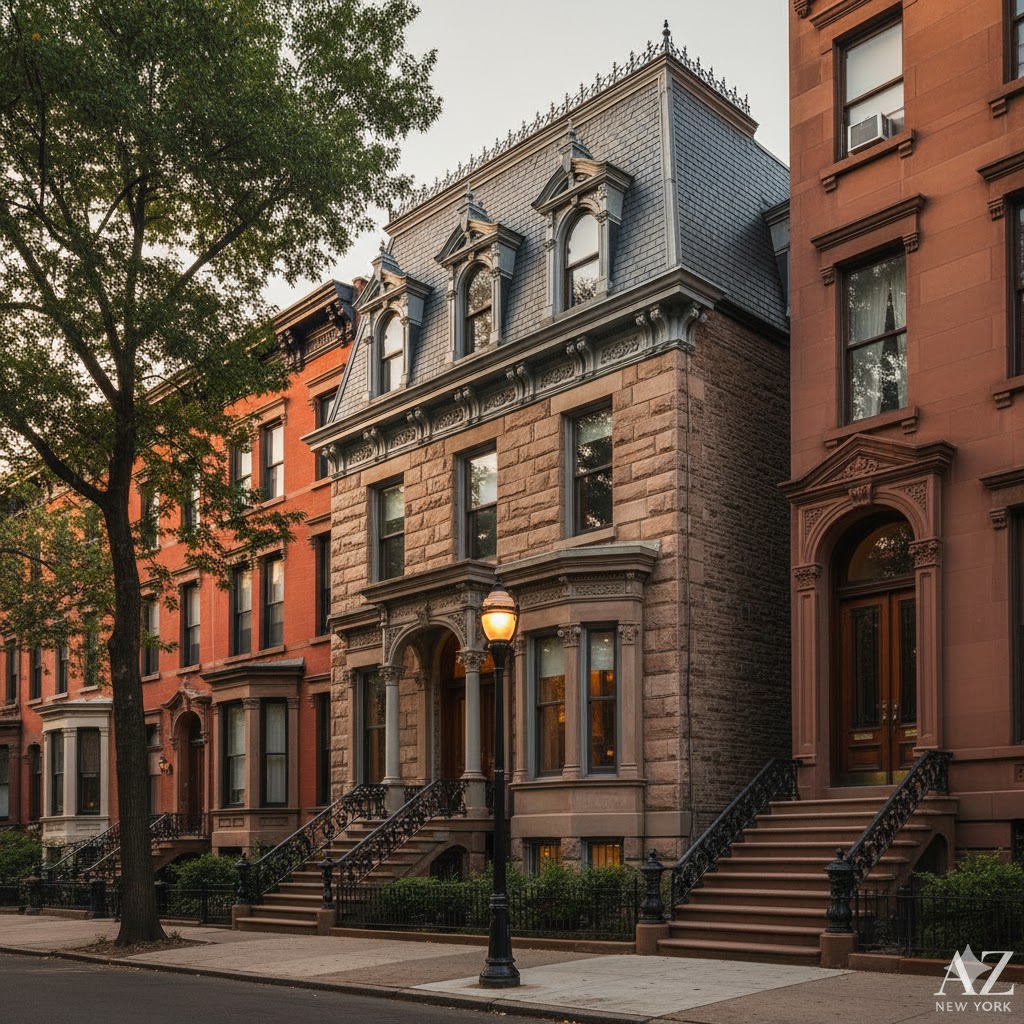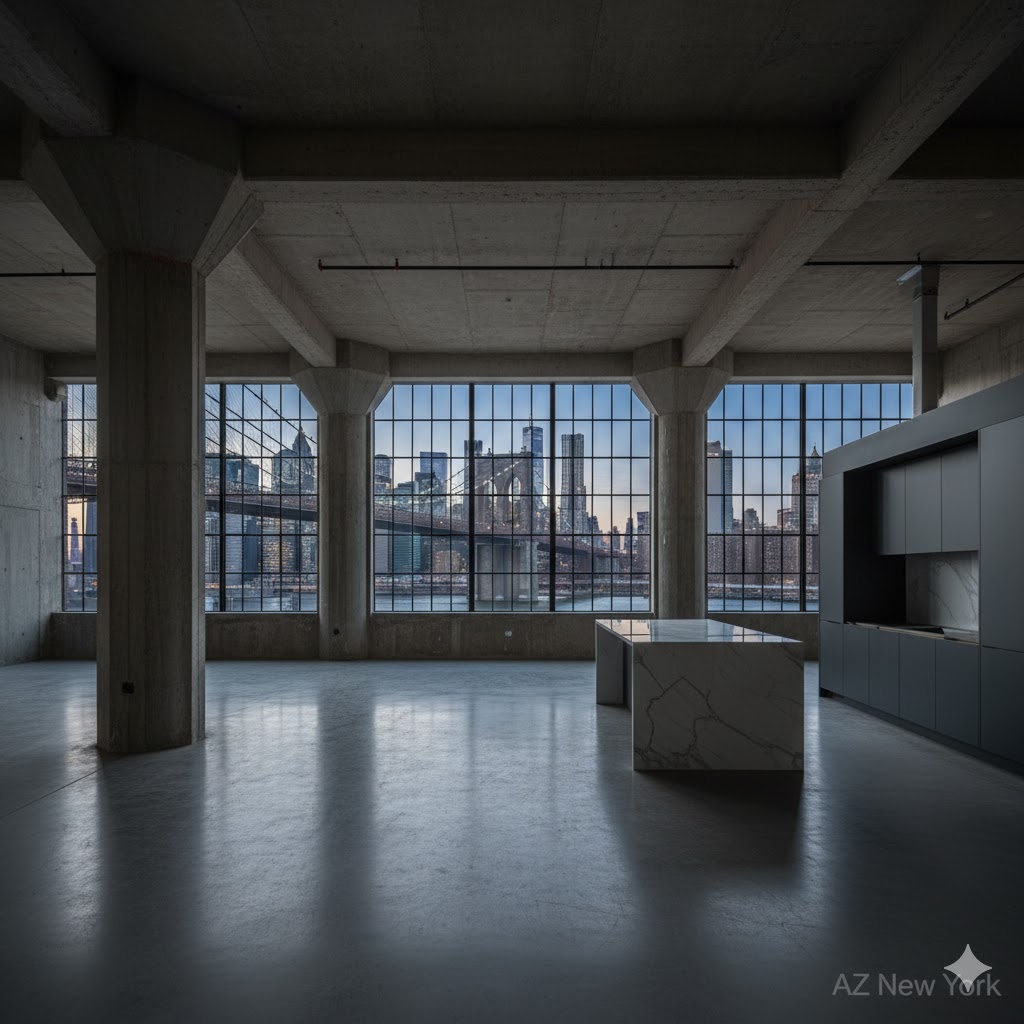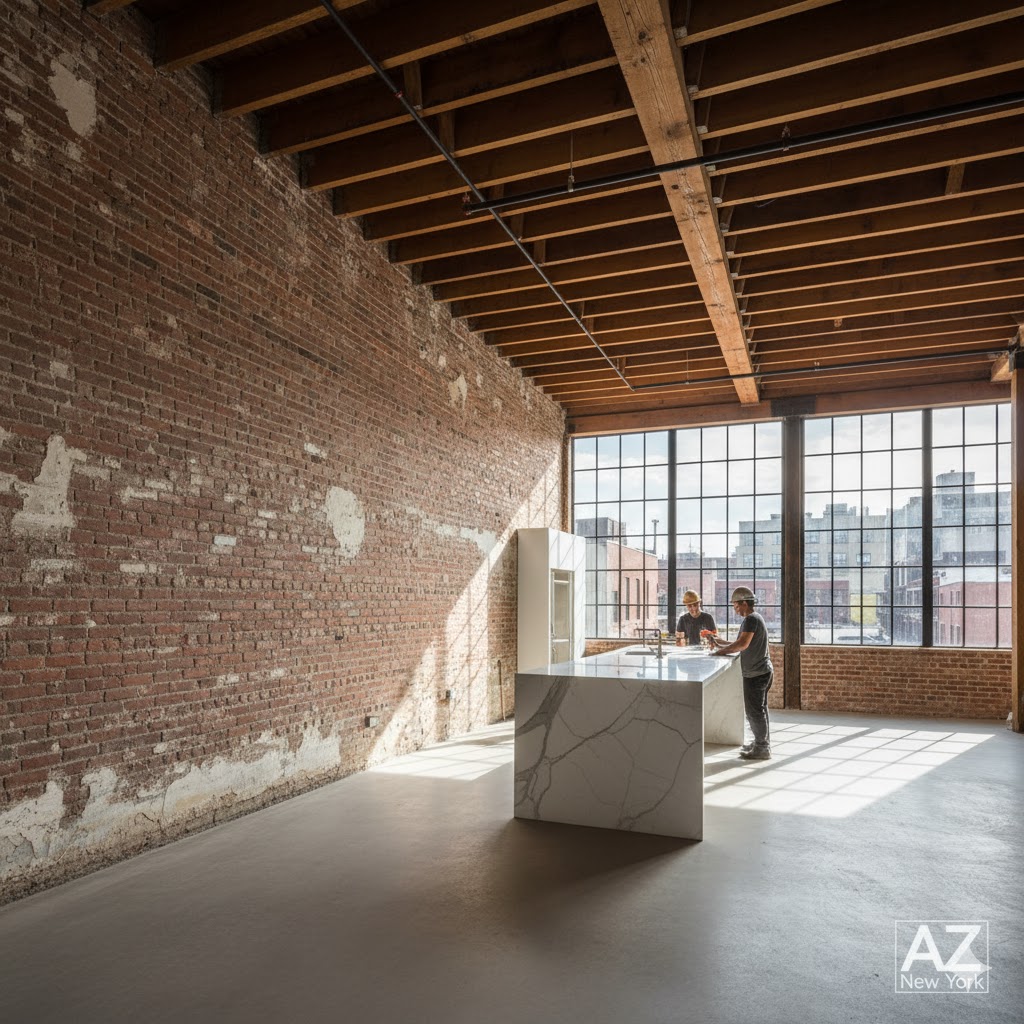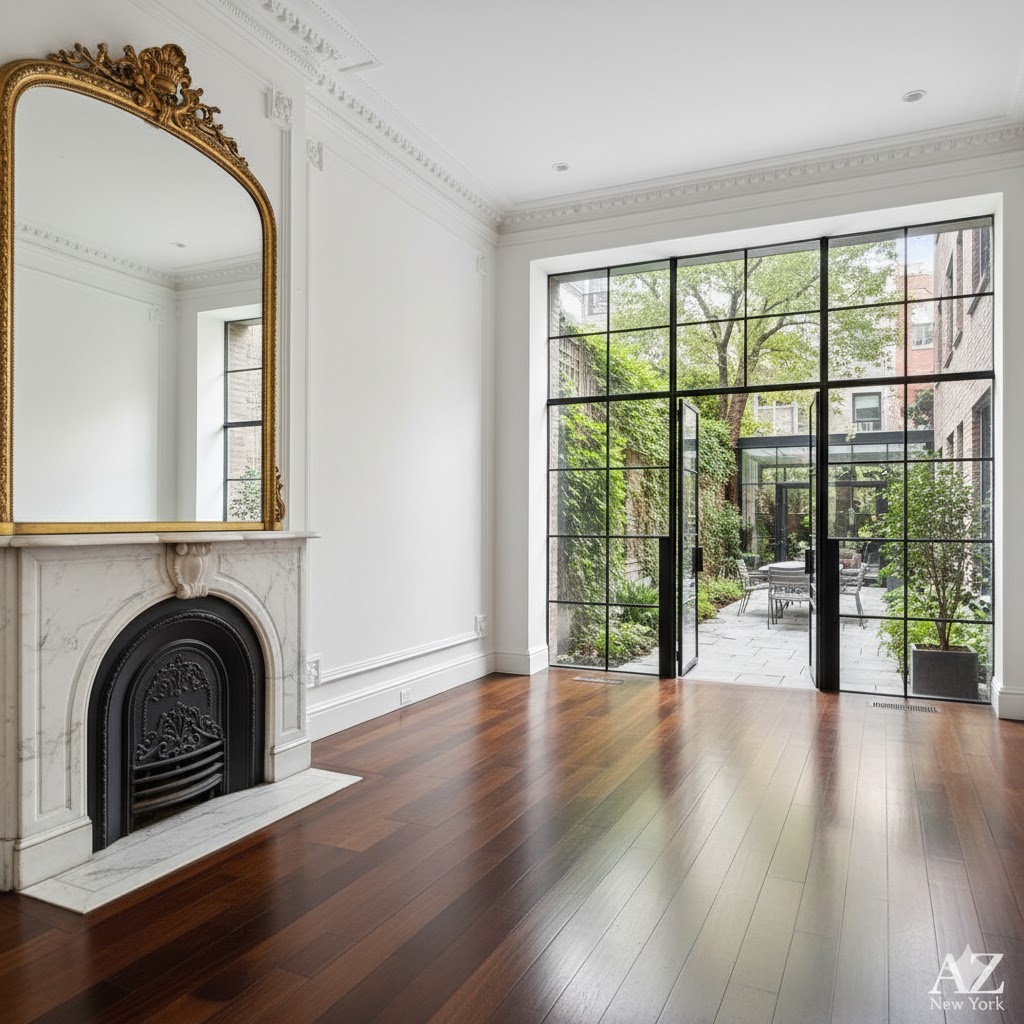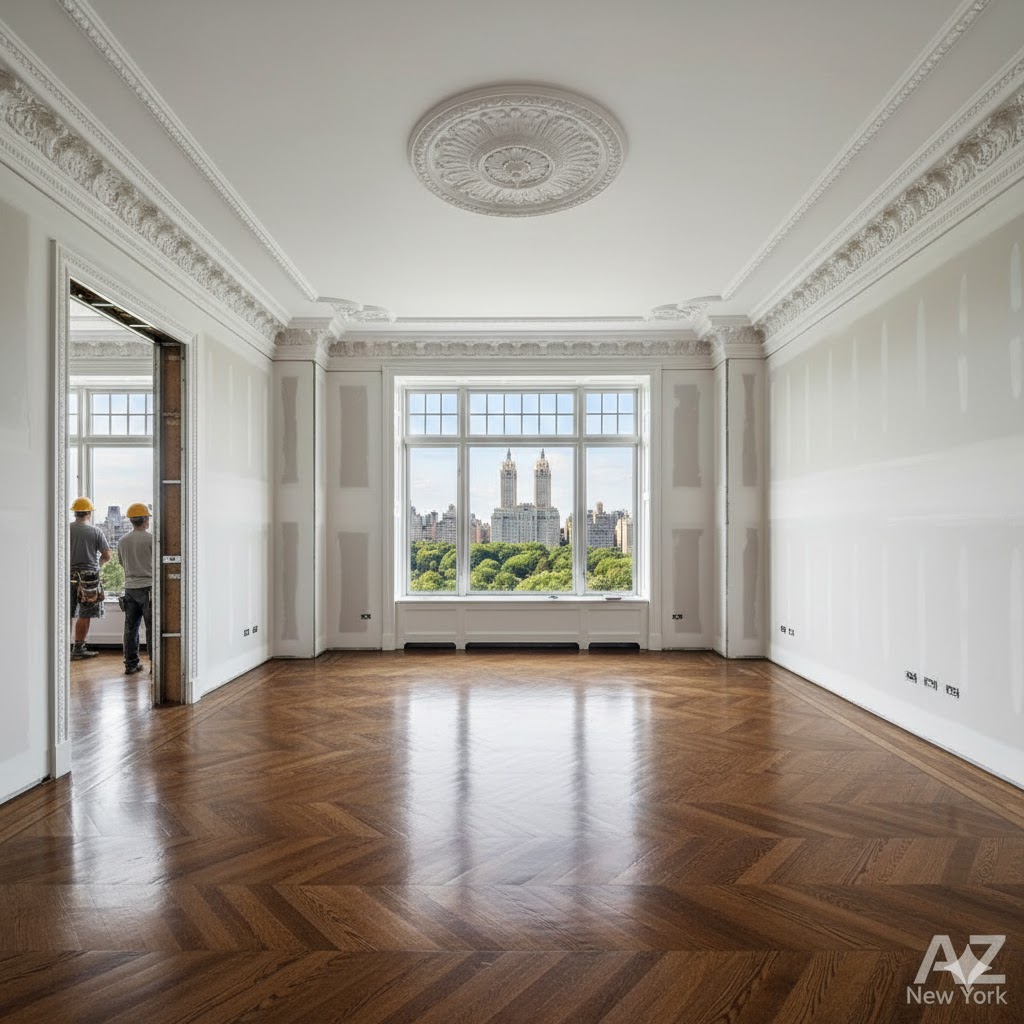Is Wall Street’s “work hard, play hard” culture sustainable in the long run?

Is Wall Street’s “work hard, play hard” culture sustainable in the long run?
The “work hard, play hard” ethos is the cultural bedrock of Wall Street. It’s a simple, yet brutal, covenant: endure grueling 100-hour work weeks, and in return, you will be rewarded with extravagant excess.
This cycle of extreme dedication followed by lavish release has defined the Financial District for generations.
But today, this foundation is showing signs of a seismic fracture. A new generation, a fierce war for talent, and a mental health crisis are raising a critical question: is this iconic culture sustainable?
In this tenth analysis of our 100-question series, AZ New York investigates whether this legendary model is finally reaching its breaking point.
The Pillars of the Ethos: Why It Existed
This culture wasn’t born from a desire for punishment; it was forged by the extreme demands of the industry and the personalities it attracted.
The “Work Hard” Mandate
The “work hard” component is rooted in the high-stakes, time-sensitive nature of global finance. Multi-billion dollar M&A deals have tight deadlines and require immense analytical rigor.
For decades, the only way to meet these demands was through brute force: armies of young analysts working around the clock. The all-nighter wasn’t just a hazing ritual; it was part of the production line.
The “Play Hard” Release Valve
The “play hard” element served as both a reward and a necessary release. After weeks of intense pressure, lavish dinners at steakhouses, bottle service at exclusive clubs, and opulent vacations were seen as a justified spoil of war.
This extravagant lifestyle also functioned as a powerful recruiting tool, promising an unparalleled level of success and glamour to the world’s most ambitious graduates.
The Cracks in the Foundation: A Model Under Siege
What was once an effective, if brutal, system is now facing its most significant challenges to date. The world has changed, but Wall Street has been slow to adapt.
The War for Talent Against Silicon Valley
The biggest threat comes from the tech industry. Companies like Google and Meta offer compensation packages that can rival junior banking roles, but they do so with a far better value proposition.
They offer gourmet cafeterias, flexible work hours, and a culture that prizes creativity and well-being. For a top computer science graduate, the choice between building algorithms in a hoodie or building pitch decks in a suit at 3 AM is becoming increasingly easy.
The Generational Shift in Values
Gen Z and younger millennials have a different relationship with work. They are less willing to sacrifice their mental health and personal lives for a job, no matter the pay.
Public outcries and viral presentations from junior bankers about the grueling conditions have damaged the industry’s reputation. The new generation demands purpose and balance, two things the traditional “work hard, play hard” model struggles to provide.
Pro Tip: Regardless of your industry, define your “non-negotiables” for well-being. This could be 7 hours of sleep, 30 minutes of exercise, or one screen-free hour before bed. Treat these personal commitments with the same importance as a professional deadline to build a sustainable career.
A Piece of History: The “play hard” ethos can be traced to the Gilded Age. Financiers like James R. Keene were known for their extravagant lifestyles. In the late 19th century, Keene once hosted a dinner at the Waldorf-Astoria where the centerpiece was a giant pie from which a young woman emerged, scattering live birds—a spectacle of excess that would foreshadow the lavish corporate parties of the 1980s.
Frequently Asked Questions (FAQ)
Let’s address the future of this iconic but troubled culture.
Are the long hours actually necessary to do the job?
It’s a mix. The complexity and deadlines of deals do require intense periods of work. However, a significant portion of the long hours is due to cultural inefficiency, face-time requirements, and a historical reliance on manual processes that are now being automated.
What specific changes are banks making?
In response to the talent drain, firms are implementing policies like “protected Saturdays,” faster promotion tracks, hiring more analysts to distribute the workload, and investing heavily in technology to automate the most grueling tasks.
Will the ‘work hard, play hard’ culture ever fully disappear?
It’s unlikely to disappear, but it is being forced to evolve. The future model will likely be a hybrid: still demanding and high-stakes, but with more defined boundaries and a greater emphasis on wellness and technology. The “play hard” aspect is also shifting from ostentatious displays to more private, experience-based rewards. Explore more about this evolution in our Careers section.
Keywords for Your Next Internet Searches on the Subject…
Wall Street culture change, investment banking work-life balance, finance vs tech jobs, Gen Z in the workplace, corporate burnout solutions, future of Wall Street, banking lifestyle, mental health in finance.
Tags
Work-Life Balance, Wall Street, Corporate Culture, Burnout, Investment Banking, Financial District, FiDi, Gen Z, Millennials, Tech Industry, Career Sustainability, Mental Health, High Finance, NYC Careers, Goldman Sachs, JPMorgan, New York City, US Economy, Human Resources, Future of Work
Part 1: Business, Economy, and Power (1–20)
This section explores the core of what makes the Financial District tick: the deals, the institutions, and the immense power that flows through its veins.
- What does it really mean to “work on Wall Street” today?
- How does the “investment banking” culture of FiDi shape the global economy?
- What is the true influence of the New York Stock Exchange (NYSE) on the daily lives of ordinary people?
- How deep is the connection between the political power of Washington D.C. and the decisions made on Wall Street?
- Does the “Charging Bull” still symbolize prosperity, or has it become an icon of corporate greed?
- What are the best-kept secrets of the major investment banks headquartered in FiDi?
- How is the rise of fintech and cryptocurrencies challenging the traditional financial dominance of Wall Street?
- What is the true human cost behind the multi-billion dollar profits generated in the Financial District?
- If the walls of Goldman Sachs or J.P. Morgan’s offices could talk, what would they reveal about power?
- Is Wall Street’s “work hard, play hard” culture sustainable in the long run?
- What is the role of the Federal Reserve Bank of New York in the stability (or instability) of the world economy?
- How ethical are the practices that led to the rise of so many financial empires in FiDi?
- What is the impact of artificial intelligence on the high-frequency trading that occurs on Wall Street?
- Who are the real “wolves” of Wall Street today?
- How is the gentrification of the Financial District transforming the social and economic landscape of Lower Manhattan?
- What is the next major financial crisis that could emerge from Wall Street?
- What does the concentration of so much financial power in a single area say about social inequality in the U.S.?
- How does the annual bonus culture on Wall Street affect the mindset and decisions of traders?
- What is the true story behind the fortunes built and lost on Wall Street?
- If the Financial District were a country, what would its GDP and foreign policy be?
Part 2: Lifestyle, Behavior, and Wall Street Culture (21–40)
Beyond the numbers, there’s a unique culture. This section delves into the daily lives, habits, and social dynamics of the people who power the Financial District.
- What is the unwritten dress code for success in FiDi?
- What is the daily routine of a junior analyst at an investment bank on Wall Street?
- What role do happy hours play in the networking and deal-making culture of the Financial District?
- Is life in FiDi more like the show “Billions” or the movie “The Wolf of Wall Street”?
- What are the most coveted status symbols among Wall Street professionals?
- How does the pressure to perform affect the mental health of workers in the Financial District?
- What is the “secret language” and jargon used by Wall Street insiders?
- Is there a “Wall Street dream” analogous to the “American dream”?
- How do FiDi professionals balance their personal lives with the long working hours?
- What is the role of exclusive clubs and secret societies in Wall Street’s power hierarchy?
- How has Wall Street’s culture changed since the 2008 financial crisis?
- What do “Wall Street bros” do for fun on the weekends?
- What is the soundtrack to the life of a successful trader on Wall Street?
- How important are philanthropy and donations to the public image of Wall Street billionaires?
- What are the gender dynamics like in an environment as male-dominated as Wall Street?
- What is the diet of a high-performance professional in the Financial District?
- What do Wall Street veterans teach newcomers about surviving in this competitive environment?
- What is the impact of Wall Street culture on New York City’s nightlife and relationships?
- What happens when someone on Wall Street “breaks” and loses everything?
- What cultural legacy is the current generation of Wall Street professionals leaving for the future?
Part 3: Architecture, Real Estate, and Urbanism (41–55)
The very streets and buildings of the Financial District tell a story. Here, we examine the physical environment that houses the world’s most powerful economic engine.
- How does the architecture of the Financial District’s skyscrapers reflect the power and ambition of their occupants?
- What is the story behind the names of FiDi’s streets, like Wall Street, Broad Street, and Pearl Street?
- How did One World Trade Center and the 9/11 Memorial change the landscape and spirit of the Financial District?
- What is the real cost of a luxury apartment with a view of the world’s financial heart?
- How did the geography of Lower Manhattan influence the development of the Financial District?
- What architectural secrets are hidden in the historic buildings of Wall Street?
- How does FiDi’s transportation infrastructure (subway, ferries, etc.) support the daily flow of millions of people?
- What is the future of office space in the Financial District in the era of remote work?
- How are security and surveillance integrated into the architecture and urban planning of FiDi?
- What is the historical significance of places like Trinity Church amidst the modern skyscrapers?
- How is real estate development in FiDi expanding into adjacent areas like the Seaport District?
- What is the environmental impact of concentrating so many buildings and people in such a small area?
- What do future urban planning projects reveal about the evolution of the Financial District?
- What does it feel like to walk through the narrow streets and canyons of steel and glass in FiDi?
- How is New York’s history as a commercial port still visible in the urban landscape of the Financial District?
Part 4: Gastronomy, Entertainment, and Leisure (56–70)
Where do the power players dine, drink, and unwind? This section explores the culinary and recreational landscape of the Financial District.
- Where do Wall Street bankers have lunch to close multi-million dollar deals?
- What is the most iconic bar in the Financial District for a “power happy hour”?
- How has FiDi’s dining scene evolved from simple “power lunches” to Michelin-starred restaurants?
- What role do steakhouses play in Wall Street’s business culture?
- What are the secret getaways and leisure spots for FiDi professionals to escape the pressure of work?
- How does the nightlife in the Financial District compare to other Manhattan neighborhoods, like the Meatpacking District?
- What is the most ordered drink in Wall Street bars after the market closes?
- Where do Wall Street traders celebrate a day of record profits?
- How important is coffee to the frantic routine of the Financial District?
- How are cultural and artistic events beginning to flourish in an area traditionally focused on business?
- What is the best spot in FiDi to watch the sunset over the Hudson River?
- What luxury entertainment options are available to the Wall Street elite?
- How does street food (food trucks) adapt to serve the hurried crowds of the Financial District?
- What do the restaurants and bars in FiDi reveal about the hierarchy and status of their patrons?
- What is the experience of dining in an exclusive restaurant at the top of a Financial District skyscraper?
Part 5: Luxury, Fashion, and Status (71–80)
In a world of high stakes, symbols of success matter. This section looks at the role of luxury, fashion, and status in the Financial District.
- What is the unofficial “uniform” of a successful investment banker on Wall Street?
- What are the most popular watch brands among traders in the Financial District?
- How are luxury and ostentation perceived in Wall Street culture?
- What is the dream car of a young analyst who has just received their first big bonus?
- How has fashion in FiDi evolved from the traditional suit and tie to a more “business casual” style?
- What are the favorite luxury stores and boutiques of the Wall Street elite?
- What does a bespoke suit say about someone’s position in the Wall Street hierarchy?
- How are accessories (shoes, briefcases, pens) used as symbols of power and status in FiDi?
- How important is membership in exclusive gyms and fitness clubs in the Financial District?
- How does the concept of “luxury” on Wall Street extend beyond material goods to include experiences and exclusive access?
Part 6: History, Curiosities, and Memes (81–90)
The Financial District is steeped in history and modern lore. This section uncovers fascinating stories, hidden facts, and the neighborhood’s role in internet culture.
- What is the real origin of the name “Wall Street”?
- What were the most dramatic and iconic moments in the history of the New York Stock Exchange?
- What is the story of the “Fearless Girl” statue and its relationship with the “Charging Bull”?
- What are the most famous legends and myths about the early days of Wall Street?
- How do internet memes (like the “Stonks” meme) portray and satirize the world of Wall Street?
- What were the biggest financial scandals that rocked Wall Street throughout history?
- What is the history of Federal Hall, the site where George Washington was inaugurated as the first U.S. President?
- Who are the “ghosts” of Wall Street—the companies and fortunes that vanished overnight?
- How have movies and books shaped the public’s perception of Wall Street?
- What is the most surprising curiosity about daily life in the Financial District that most people don’t know?
Part 7: Future, Innovation, and Technology (91–100)
What’s next for the Financial District? This final section looks ahead at the trends, technologies, and challenges that will define the future of Wall Street.
- How could blockchain technology and decentralized finance (DeFi) make Wall Street obsolete?
- What will be the role of humans in the financial market as artificial intelligence becomes more sophisticated?
- How is the Financial District adapting to climate change and the need for sustainability?
- What is the next major technological innovation to come out of “Silicon Alley” and impact Wall Street?
- How will remote work and the decentralization of offices affect the future of the Financial District as a center of power?
- What is Wall Street’s role in funding space exploration and other futuristic technologies?
- How is Generation Z changing the culture and priorities of the financial sector on Wall Street?
- Will the Financial District continue to be the world’s financial center in the coming decades, or will it be surpassed by other global hubs like Shanghai or Singapore?
- How are big data analytics and quantum computing transforming investment strategies on Wall Street?
- What is the most important question about the future of Wall Street that no one is asking?

